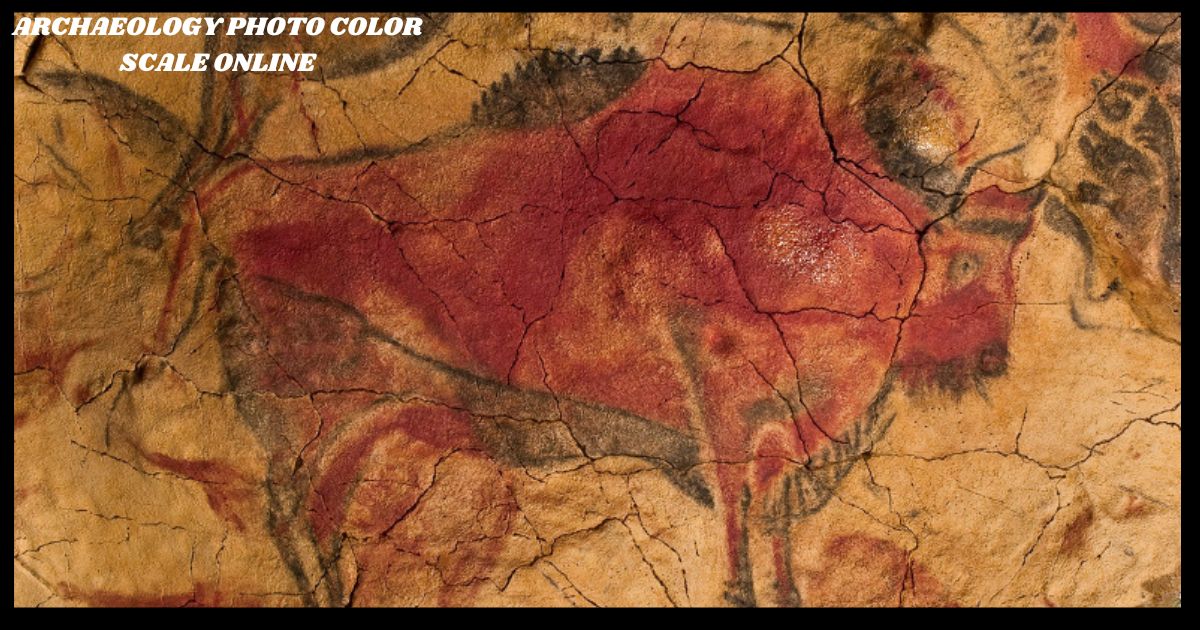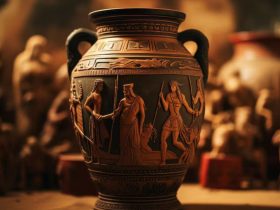Color scales play a vital role in archaeology, particularly in the documentation and analysis of artifacts, site photographs, and stratigraphic profiles. These scales are essential tools that help archaeologists ensure accurate color representation and maintain consistency in their documentation. This article explores the importance of color scales in archaeology, how they are used in photos, and the availability of online archaeology photo color scale online for archaeological purposes.
What are Color Scales
Color scales are reference tools that display a range of colors in a systematic format. They are used in various fields, including art, design, and science, to provide a standard for color comparison and documentation. In archaeology, color scales help in the accurate representation of colors in photographs of artifacts, soil samples, and other materials.
The Importance of Color Scales in Archaeology
Accurate Documentation
Accurate color representation is crucial in archaeology. When documenting artifacts or site features, color can convey important information about material composition, degradation, or the environmental context of an artifact. Color scales ensure that the colors captured in photographs are consistent with the actual colors of the objects.
Standardization Across Studies
Using standardized color scales allows for consistency across different archaeological studies. When researchers use the same reference scale, it enhances the reliability of comparisons between different sites, artifacts, or stratigraphic layers. This standardization is essential for publishing findings and sharing data with the broader archaeological community.
Analysis of Material Composition
Color can indicate specific properties of materials, such as mineral content or weathering processes. By analyzing the color of soil samples or artifacts against a standard color scale, archaeologists can infer important information about the past environments and human activities at a site.
Online Resources for Archaeological Color Scales
With the advancement of digital tools, numerous online resources provide access to color scales that archaeologists can use for their research. Here are a few notable options:
Munsell Color System
The Munsell Color System is widely used in various scientific fields, including archaeology. It provides a comprehensive color chart that classifies colors based on hue, value, and chroma. Many online resources allow users to explore the Munsell color chart, making it easier for archaeologists to select the appropriate color reference for their documentation.
ColorHexa
ColorHexa is an online tool that provides detailed information about colors, including hex codes, RGB values, and variations of colors. While it is primarily designed for web designers, archaeologists can utilize this resource to identify and match colors found in their photographs.
Digital Color Picker Tools
Several online color picker tools allow users to upload their photos and select colors from them. These tools provide the RGB or hex values of the selected color, making it easier for archaeologists to document the colors of artifacts or soil layers accurately.
Archaeological Color Scale Websites
There are dedicated websites and online platforms created specifically for archaeologists to access color scales relevant to their field. These platforms often include downloadable PDF versions of color scales that can be printed and used in the field.
How to Use Color Scales in Archaeological Photography
Preparation Before Photography
Before taking photographs, it’s essential to prepare the scene. Ensure that the lighting conditions are consistent and that no shadows affect the color representation. Place a color scale next to the artifacts or samples being photographed to provide a reference point for color accuracy.
Taking the Photograph
When photographing, frame the image to include the color scale alongside the subject. This inclusion allows for direct comparison and helps in post-processing to adjust colors if necessary.
Post-Processing and Analysis
After taking the photographs, use photo editing software to analyze the colors. Compare the colors of the artifacts against the color scale in your images, adjusting as needed to ensure accuracy. By referencing the color scale, you can document any discrepancies and better understand the material’s properties.
Conclusion
Color scales are indispensable tools in archaeology that enhance the accuracy and reliability of documentation and analysis. With the availability of online resources, archaeologists can easily access standardized color scales to improve their research. By using these scales effectively in photographic documentation, archaeologists can ensure that their findings are both precise and reproducible, contributing to the advancement of knowledge in the field.
FAQs
What is the Munsell Color System?
The Munsell Color System is a color space that categorizes colors based on three attributes: hue (color type), value (lightness), and chroma (color purity). It is widely used in various fields, including archaeology, for accurate color representation archaeology photo color scale online.
Why is accurate color representation important in archaeology?
Accurate color representation helps in documenting artifacts and site features, comparing findings across studies, and analyzing material properties, providing valuable insights into past human activities and environments.
Can I create my own color scale for archaeological purposes?
Yes, while standardized color scales are recommended for consistency, you can create your own color scale by carefully selecting and documenting a range of colors relevant to your specific research.
Are there any mobile apps for color scales in archaeology?
Yes, several mobile apps provide color picking and matching tools that can be useful for archaeologists in the field to document colors accurately.
How can I ensure that colors are represented accurately in photographs?
To ensure accurate color representation, use consistent lighting conditions, include a color scale in your photographs, and adjust colors during post-processing as needed.





Leave a Reply